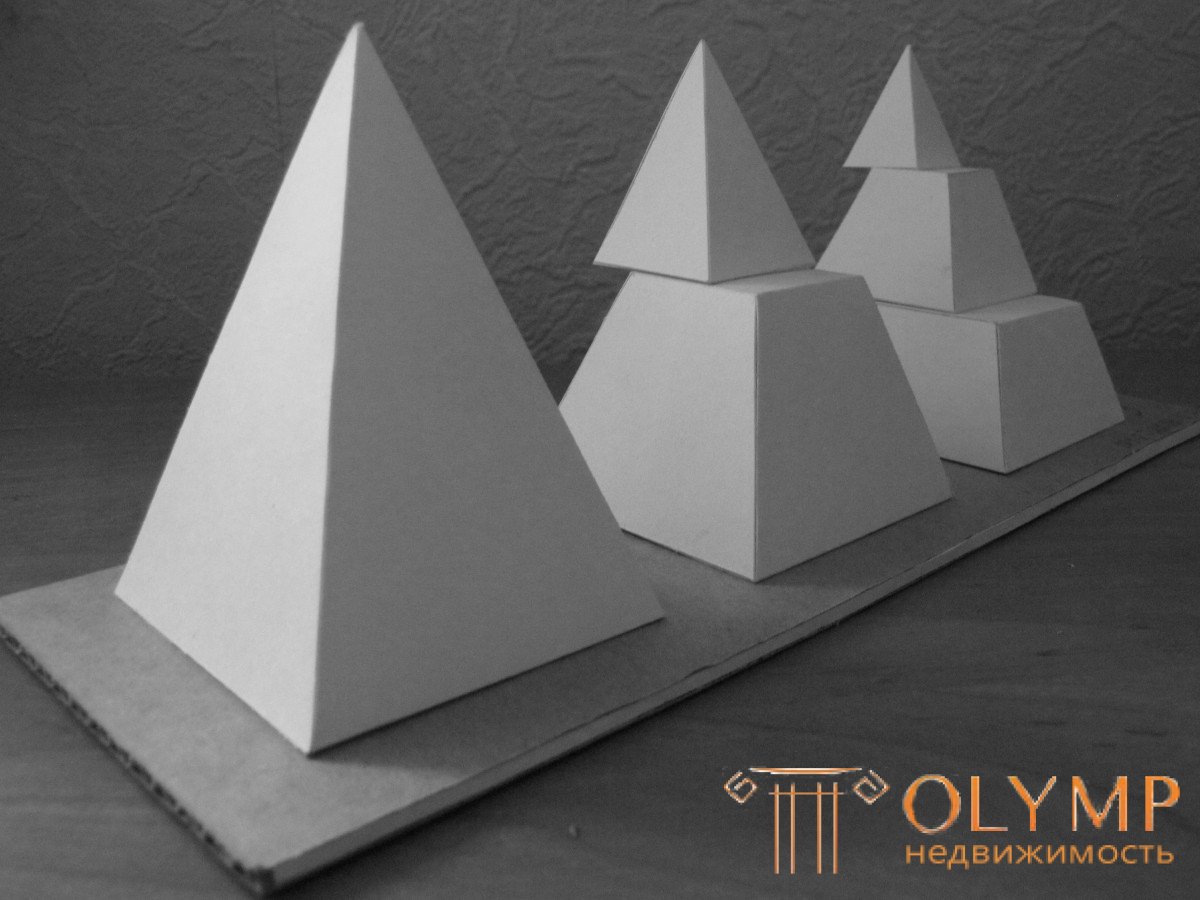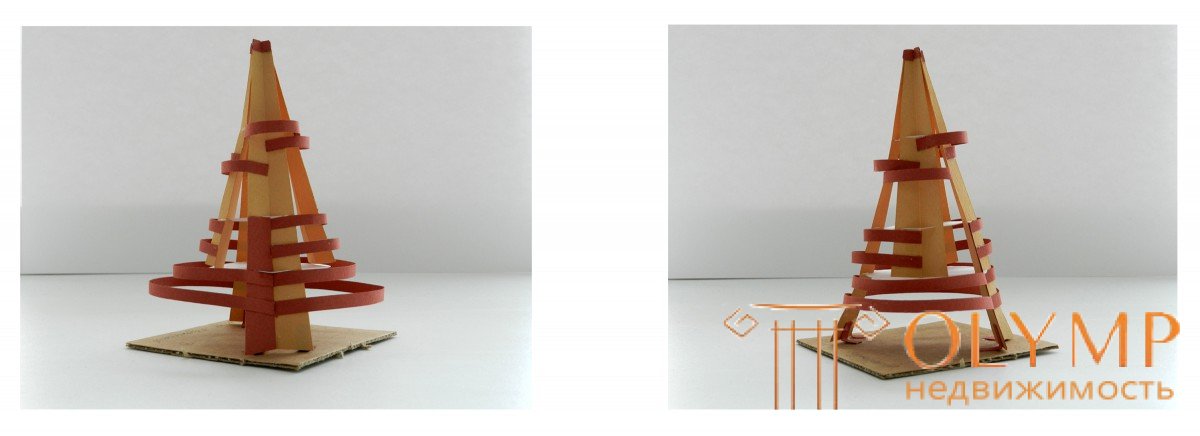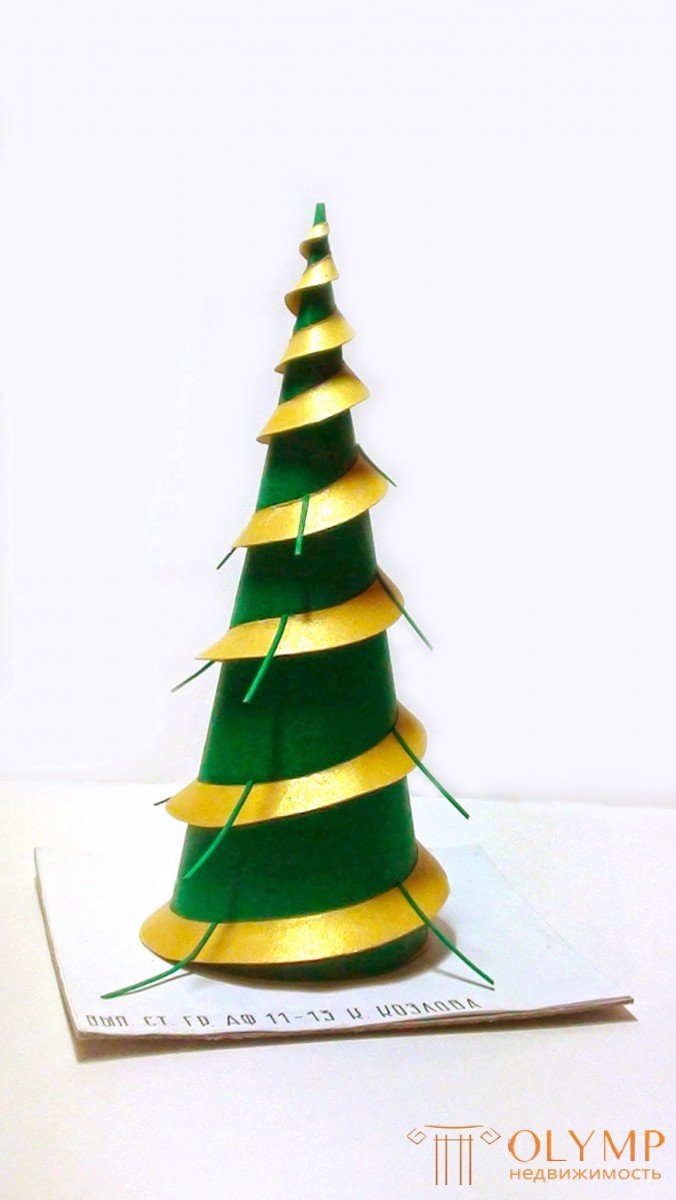
A model in architecture is one of the means of expressing architectural thought, a method of transmitting information about an architectural form; in contrast to the drawing - the volumetric image of the form and its elements.
Layout is the creative process of finding an architectural composition. In the work on any project, the model, transforming in a certain sequence, is a link in the design process.
The work on the composition studies the basic concepts and principles of the harmonious organization of the form: ratios, proportions, rhythm, balance, and exercises for the defense sector - this is a distraction from a number of specific aspects of architecture, all means of harmonization are revealed in them at the level of concepts, i.e. generalizations, abstract from particular forms of manifestations.
The system of concepts of composition is built on the principle of comparison: massiveness - spatiality, symmetry - asymmetry, dynamics - statics, contrast - nuance , etc., and is characterized by a change in the properties of the form and its position in space.
The architectural form, its properties and means of achieving expressiveness create the basis of perception; in architecture, the form is an object of meaning for the viewer. The layout, as the subject carrier of the image, organizes the perception of form.
In the compositional exercise, two tasks are set: to build the type of composition and to achieve its maximum expressiveness, using the minimum number of means.
Layouts use closed or unclosed elements. Closed on all sides elements give a complete picture of the shape and silhouette of the composition. They can be both curvilinear and rectangular outlines and are used in exhibition demonstration layouts, as well as in working layout.
Unclosed elements have the same application. In the search situation, they serve as a means of quickly executing working layouts, they are easy to do, which allows you to try various options. However, such conditionally interpreted elements must be completed mentally to the full volume of the image. Unclosed elements can be used as a composite device.
In the organization of the composition, the formative role is played not only by its constituent elements, but also by the sub-tray. It is not only the size and shape of the sub-kit that matters. For example, for a volumetric composition, the sub-table has most often a square shape, for a frontal one, a rectangle, located frontally to the main line of sight, for a deep-spatial one — directed in depth. Thus, the form of the binner addresses the composition, it underlines what kind it belongs to.
The layouts convey in a generalized form the interrelation of the elements of the composition; therefore, the working layout is first made in the main undifferenched masses; as necessary, new elements are introduced in the process of refining the solution.
Glue layouts in several ways. The best of them is gluing to the “end”: a piece of paper is glued perpendicularly to the surface of another piece. Sometimes it is necessary to glue the “butt” of two ends - when gluing curvilinear elements, when building, etc. The “lap-over” connection jams the paper, therefore, this method should be used as a last resort. The joint, both perpendicular and at an angle, can be done by bending the paper, and since the lines of the layout must be extremely clear, it is necessary to make an incision along the fold line.





















Что бы оставить комментарий войдите
Комментарии (0)